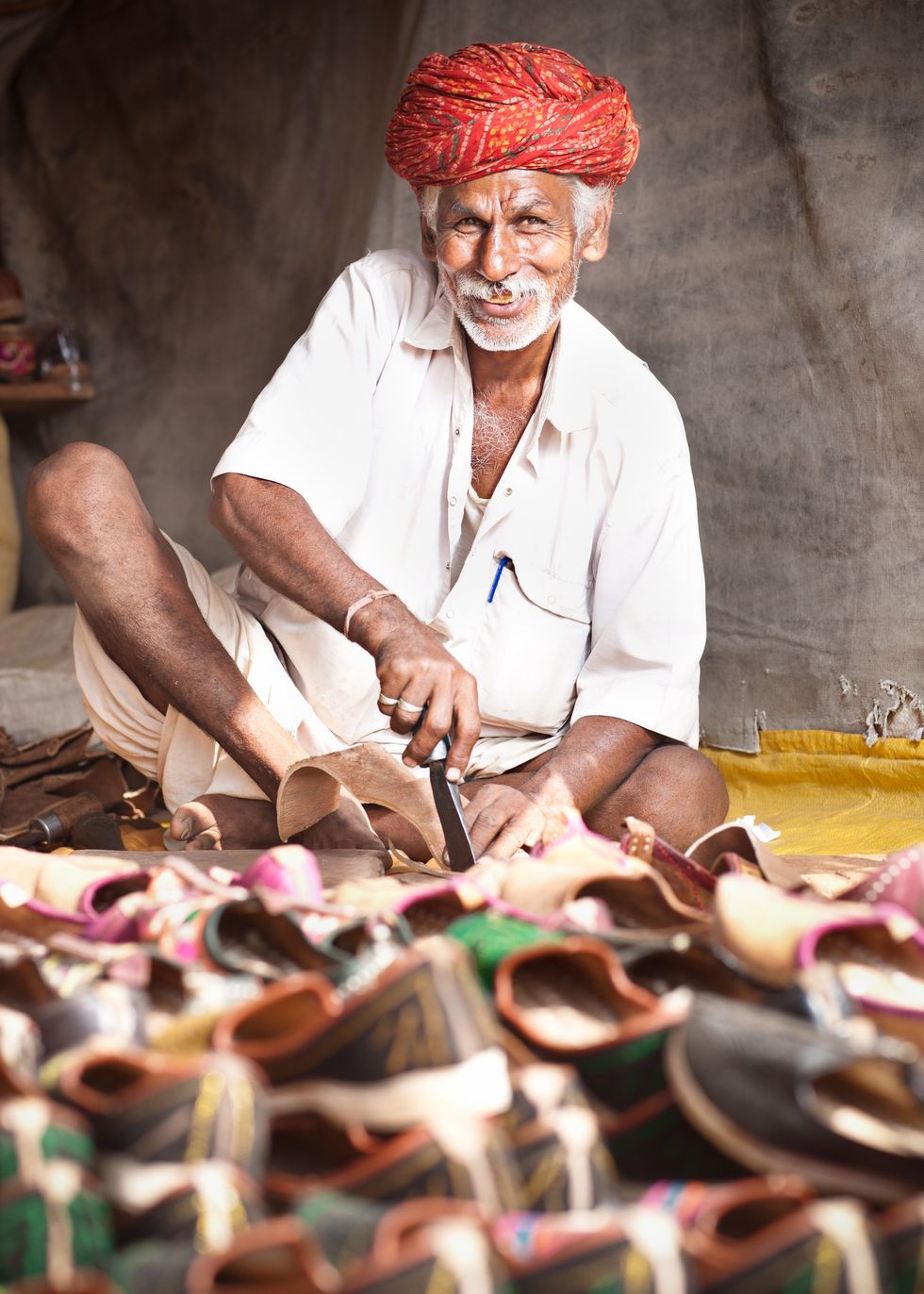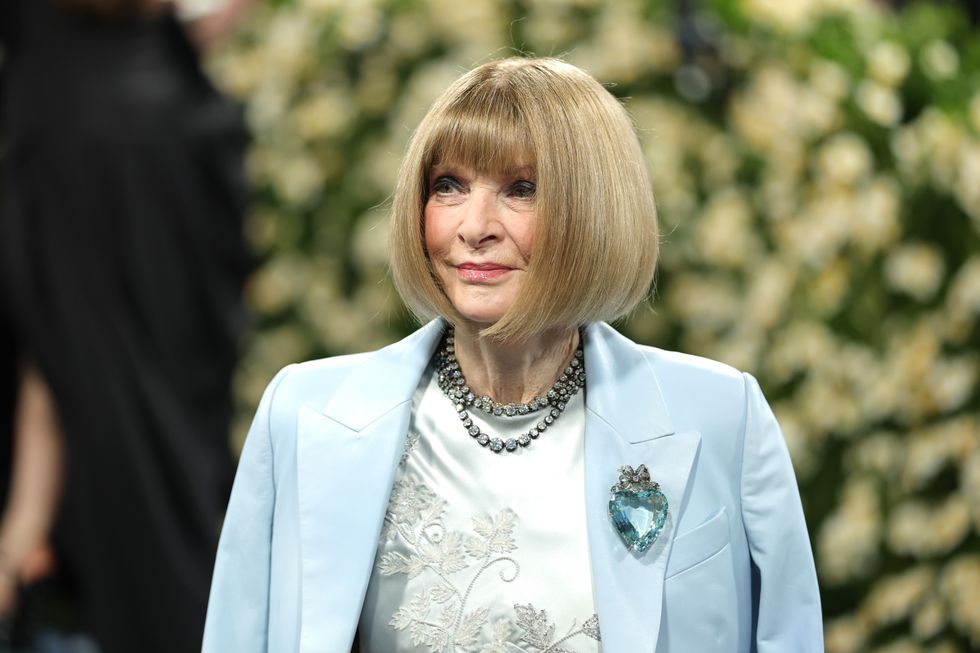BRITISH MAESTRO AAKASH ODEDRA ON LIFE IN LOCKDOWN AND HIS NEW SHOW
by ASJAD NAZIR
THE last decade has been quite extraordinary for acclaimed British dancer Aakash Odedra.
The fabulously fleet-footed talent has gone from superb shows like his full-length solo debut Rising to setting up a dynamic company that has delivered exciting work and helped expand the horizons of classical Indian dance. The rapid rise has enabled him to perform all over the world, light up major venues and collaborate with artistic giants.
The widely acclaimed dancer and choreographer was due to carry on that impressive momentum in 2020 with thrilling new show Samsara, but one of the year’s most highly anticipated tours was halted by the Covid-19 virus.
So, while he may fly like a free bird onstage, the classically trained dancer has had his wings clipped by the pandemic like the rest of the world and has been stuck indoors. But it hasn’t stopped him from learning more about himself.
Eastern Eye caught up with Aakash Odedra to talk about his thrilling journey as a performer, his stunning-looking new show Samsara, the unique way in which he has spent lockdown and future hopes.
How do you look back on your journey in dance?
It depends on which point of my life I focus on. My journey ‘officially’ spans 28 years and, in that time, I have been pushed and pulled by the currents of the ocean. Sometimes I have been washed ashore on uncharted territories, other times I have landed on familiar ground. The further my boat sails, the more knowledge and understanding I have when I look back on my past. Each story seems to progress more with time, some chapters open and close, others urge me to search deeper within.
How much has lockdown disrupted your plans?
Every disruption is an indication of the good to come. After being on a hamster wheel for the last 12 years, I welcomed the abrupt stop. As an artist, I feel we have a natural synchronicity with nature and it’s evident that we are being urged to stop and re-evaluate. I think we all have to recalibrate and realign ourselves with a new state of mind.
What have you been doing?
Lockdown gave me the opportunity to go into deep meditation to find answers for questions I have been asking myself for a while now. I locked myself in my room with no food or water, sitting in one place for three days, meditating. The process of observation, the chance to trace the path of my thoughts back to their origin, was remarkable. For me, I realised that it’s not lockdown that has been disruptive. Rather, we have disrupted our own inner patterns and thoughts through unnecessary desires, focusing on what we want rather than what we need.
What have you been doing during lockdown in terms of dance?
Nothing! I have hardly danced and taken the opportunity to rejuvenate, mentally and spiritually. I have found creative expression in watching a seedling grow in the garden and blossom. That doesn’t mean my participation has been passive, on the contrary, I’ve been actively observant. The time has come for me to invent new rules and new pathways, not to retread old roads. For me, dance represents life; it’s a mirror to all our experiences, a reflection of honesty, fragility and humanity. We can’t expect to speak to the world about life if we have become ignorant of it or are too self-absorbed in rehearsals or emails. By nourishing the soul and mind, we can organically reset ourselves. Change doesn’t need to be revolutionary and can be like a minute whisper that carries its message on the wind.
How much of a disappointment is it that you could not premiere your latest work Samsara?
If I have learnt anything in the last few months, it’s to expect the unexpected, or even better, don’t expect anything at all. For me, it was an achievement and a miracle that Samsara premiered at the Asia TOPA Festival in Melbourne. We suffered greatly as a company during the build-up because my fellow performer, Hu Shenyuan, was Chinese. The world started locking its borders; we had to move swiftly and didn’t know if it would be possible for him to be part of the production that we had worked on together for three years. In the end, we premiered it with Hu against all the odds. The experience was priceless, not disappointing.
When can we expect to see Samsara?
It’s a waiting game – but a game for which I hold no expectations.
Tell us something about your new work?
Samsara, inspired by the classic Chinese novel Journey to the West, traces the steps we take, both forward and backward, in search of our higher selves. It’s an epic, highly visual, mythological story. It draws on the thinking and imagery at the heart of Buddhist philosophy and explores some of the 81 obstacles and six states of mind that can hold us back.
What inspired this new piece?
The story of Journey to the West, a monk who took 14 years to walk from China to India to find original Buddhist scriptures and knowledge, became the key point of interest for us. We were fascinated to think that hundreds of years ago there was a need for cultural interdependency to further one’s own civilisation and understanding. It’s ironic that today, when we have easy access to transport, the nations’ walls seem to be getting higher and higher, and the thirst for learning about other cultures seems to be rapidly diminishing with time.
What is the dance master plan going forward?
I don’t make master plans! I let the plans make me.
You have achieved a lot in a short space of time, but do you have one big unfulfilled dance ambition?
I feel I haven’t achieved anything and that is why my life’s book still has commas, dashes and many continuing dots. So the search continues, maybe with dance, maybe without.
The expectations around you are high; do you feel the pressure?
Yes, at times it does, because I am not a demigod, I am only human. It’s hard to be objective when you yourself are the object. I often look at the audience from the wings before a performance and try to understand why they have come to watch me. I have never been able to answer that question, but I try to give my all to the observers when I perform hoping that, even if it was a passing moment, we had some level of exchange. That way, I also put a lot of pressure on myself.
How do you feel performing on stage?
I don’t have the words to describe it and that’s why I dance.
Your most memorable performance?
Performing in front of my gurus in Mumbai in India in 2016.
What has been your most memorable collaboration in dance?
Working with a living legend, Aditi Mangaldas, on Echoes, the solo she created on me. I idolise her – the way she moves, thinks, explores and talks. I felt that every second I spent with her was like a day in the university of life and dance. She is dance!
What advice would you give aspiring dancers?
Who am I to give advice? All I can say in simple terms is that there’s a reason you have come this far in life. Don’t give up, keep moving up.
What are your big passions away from dance?
Animals, gardening, decorating, eating, documentaries, walks in the countryside, history, reading books, talking, joking and laughing with my inner circle of friends. The list goes on.
Why do you love dance?
Who said I love dance?





 Shefali Jariwala death raises concern over anti ageing drugs and self medication Instagram/shefalijariwala
Shefali Jariwala death raises concern over anti ageing drugs and self medication Instagram/shefalijariwala  Anti ageing pills found at Shefali Jariwala home spark health safety debate Instagram/shefalijariwala
Anti ageing pills found at Shefali Jariwala home spark health safety debate Instagram/shefalijariwala 








 Prada confirms Kolhapuri chappals inspired its 2026 Milan collectionInstagram/
Prada confirms Kolhapuri chappals inspired its 2026 Milan collectionInstagram/ Kolhapuri chappals have been crafted for centuries and received GI tag in 2019 iStock
Kolhapuri chappals have been crafted for centuries and received GI tag in 2019 iStock 
 Wintour also became synonymous with the Met GalaGetty Images
Wintour also became synonymous with the Met GalaGetty Images
